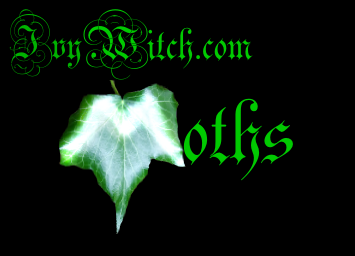
 IvyWitch.com Main page
IvyWitch.com Main pageYellow barred Brindle Swallow tailed Moth Willow Beauty Dot Moth Old Lady Moth Small Angle Shades Plumed Fan Foot Oak Eggar (in captivity) Least Carpet Small Dusty Wave (beaten from ivy bushes) Treble Brown spot (in captivity) Double-striped Pug
Ivy flowers in Autumn, so its nectar is important
to moths (and many other insects) which need to survive over winter.
(Similarly its fruit in early spring fills a gap for birds,
especially blackbirds,
thrushes, redwings and wood pigeons.)
On a sunny Autumn day, our
ivy bushes hum with insect life.
Red-green Carpet Autumn Green Carpet Tissue Delicate L-album Wainscot White speck Cosmopolitan Feathered Brindle Black Rustic Tawny Pinion Grey Shoulder-knot Conformist Nonconformist Green Brindled Crescent Merveille du Jour Flame Brocade Feathered Ranunculus Satellite Orange Upperwing Chestnut Dark Chestnut Dotted Chestnut Red-headed Chestnut
Brick Red-line Quaker Yellow-line Quaker Flounced Chestnut Brown spot Pinion Beaded Chestnut Lunar Underwing Barred Sallow Pink-barred Sallow Sallow Dusky Lemon Sallow Small Mottled Willow Oak Nycteoline Golden Twin-spot Herald Bloxworth Snout Paignton Snout Buttoned Snout Common Marbled Carpet